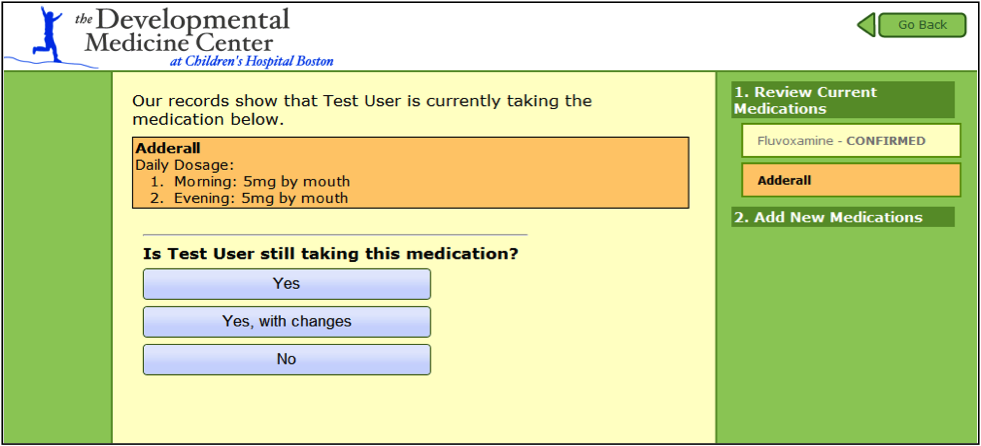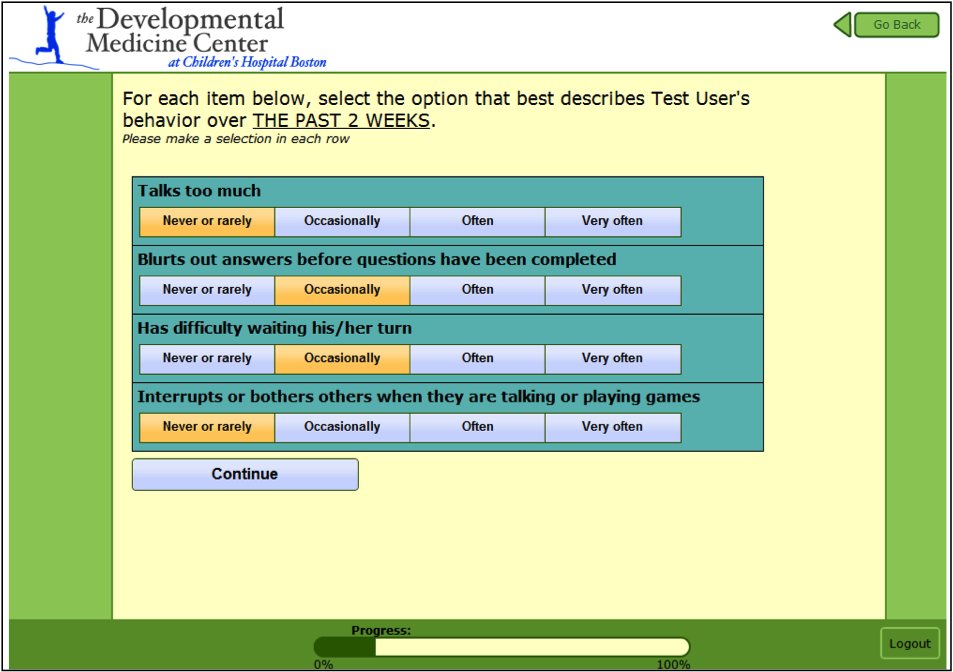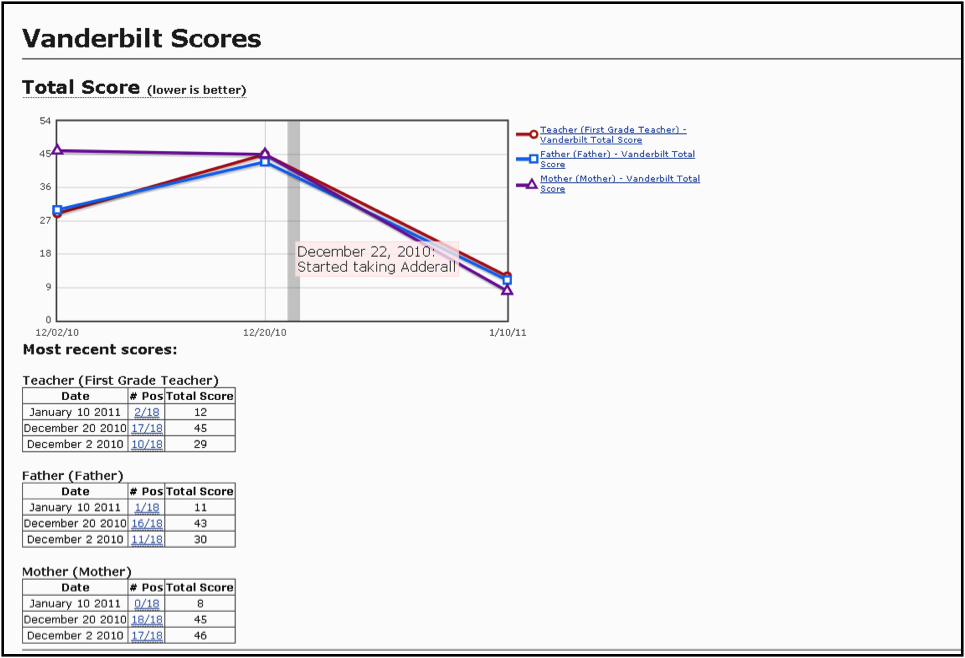 This is how it used to be when I saw a child with attention-deficit hyperactivity disorder: “You know, Dr. Chan, I really don’t think the medicine’s working,” the parent would tell me. “I just don’t see any difference in his behavior.”
This is how it used to be when I saw a child with attention-deficit hyperactivity disorder: “You know, Dr. Chan, I really don’t think the medicine’s working,” the parent would tell me. “I just don’t see any difference in his behavior.”
“Well, the medicine has probably worn off by the time you see him at home,” I’d say. “What does his teacher think?”
“She hasn’t called me, so I assume there hasn’t been any trouble.” Then: “Oh—I was supposed to give her that questionnaire to fill out, wasn’t I? I’m so sorry, I totally forgot.”
As a developmental-behavioral pediatrician specializing in ADHD, I used to have this conversation with parents at almost every single follow-up visit, leaving me frustrated. While parent questionnaires are important, I also need information from teachers, because school hours are when the medication is most likely to be effective. So my picture of how the child was doing at school would remain incomplete.
Unfortunately, differing schedules and privacy issues with regular email made it a challenge to get information directly from teachers. So I’d have to rely on parents to give the ADHD questionnaires to the teachers, and hope to get them back in time to make medical decisions at the child’s visit.
That’s all changed. Now, for nearly all of my ADHD patients, I have the questionnaires in hand before the visit, completed by parents and teachers at their convenience using a new web-based disease monitoring and management system called eDMC (the electronic Developmental Medicine Center).
Instead of spending most of the visit trying to gather routine information about medications and symptoms, I can spend more time making sure the child understands why he or she is taking medicine, discussing how to manage school, homework, peers and siblings, and helping families find joy in parenting a child with ADHD.
My collaborator Eric Fleegler and I developed eDMC over the past 18 months thanks to the generous support of the Croll Family Foundation. Here’s a sample screen a parent is asked to complete — with the results sent directly to me in time for a child’s follow-up visit:
This screen for teachers solicits classroom behaviors:
We can then correlate these separate responses and get a good picture of whether the medication is effective. Medication changes, medication side effects, ADHD symptom scores, and quality of life scores are graphed over time—so at a glance, I can see whether I need to make any changes. Here, symptoms are scored over a one-month period by a patient’s mother, father and first-grade teacher (click to enlarge):
Parents and teachers have really liked using the system. And if multiple clinicians—for example, a neurologist, a primary care provider, and a developmental specialist—are involved in a child’s care, each one can view the information online, which makes communication much easier.
The launch of eDMC has been so successful that we are looking to expand the system to include a wider variety of clinical conditions we see in the Developmental Medicine Center, including autism, learning disorders, and depression, and take it to other departments at Children’s where children and adolescents with developmental-behavioral and mental health conditions are seen, such as Psychiatry, Neurology, Adolescent Medicine and primary care.
eDMC has really changed the way I take care of children with ADHD. With a few clicks of my mouse, I can quickly see how all of my patients are doing, and I’m now much better prepared for every visit. When I sit down with my families, we can start talking right away about what is most important to them—and that is what’s most important to me.
 Eugenia Chan, MD, MPH is a developmental-behavioral pediatrician and health services researcher in the Division of Developmental Medicine at Children’s Hospital Boston. She runs the Developmental Medicine Center’s ADHD Program, and is co-developer of eDMC, a web-based disease monitoring and management system. Her research focuses on improving the quality of care for children with ADHD and other developmental and behavioral conditions.
Eugenia Chan, MD, MPH is a developmental-behavioral pediatrician and health services researcher in the Division of Developmental Medicine at Children’s Hospital Boston. She runs the Developmental Medicine Center’s ADHD Program, and is co-developer of eDMC, a web-based disease monitoring and management system. Her research focuses on improving the quality of care for children with ADHD and other developmental and behavioral conditions.









